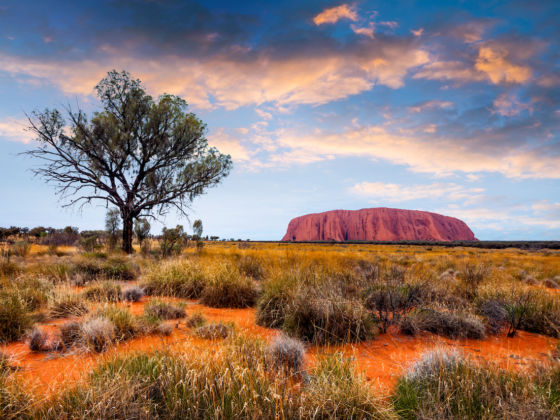Some mountains have attained legendary status for their danger and difficulty. Others simply dominate the landscape, commanding the attention of all who pass by. Still other mountains are revered as sacred.
Whether thought to be the homes of gods or the sites of important historical events, these sacred mountains continue to draw pilgrims who often endure extreme hardships to show their devotion.
Even if you are not a member of the faithful, these sacred mountains are unique destinations for your own pilgrimage.
